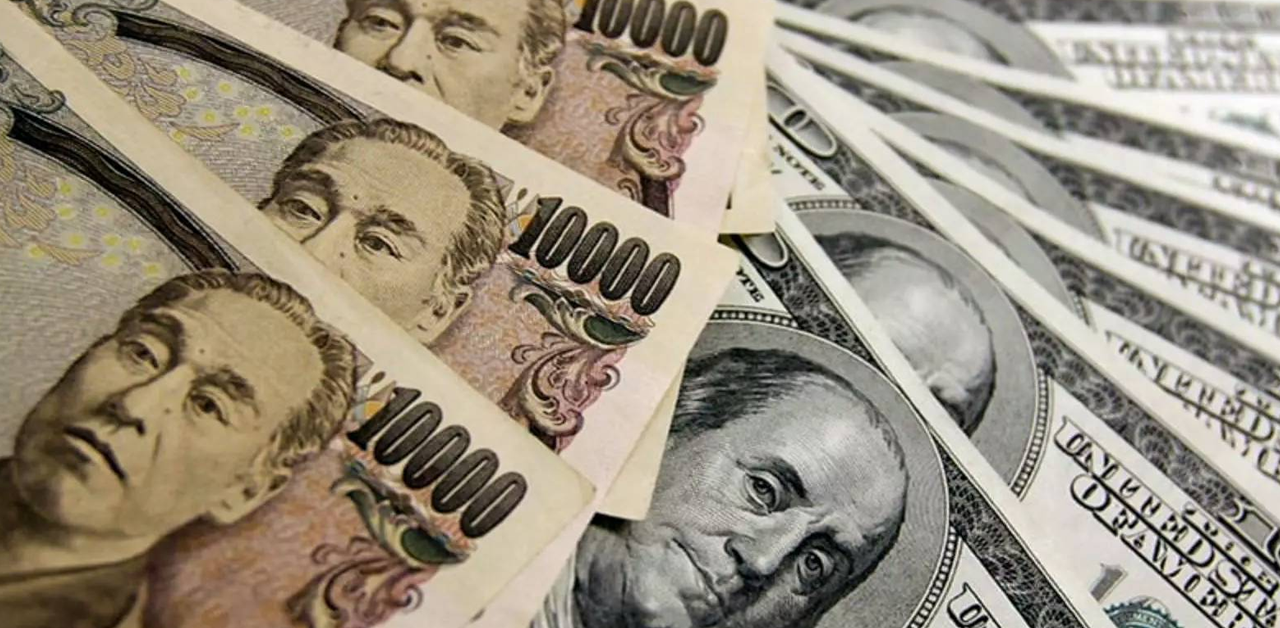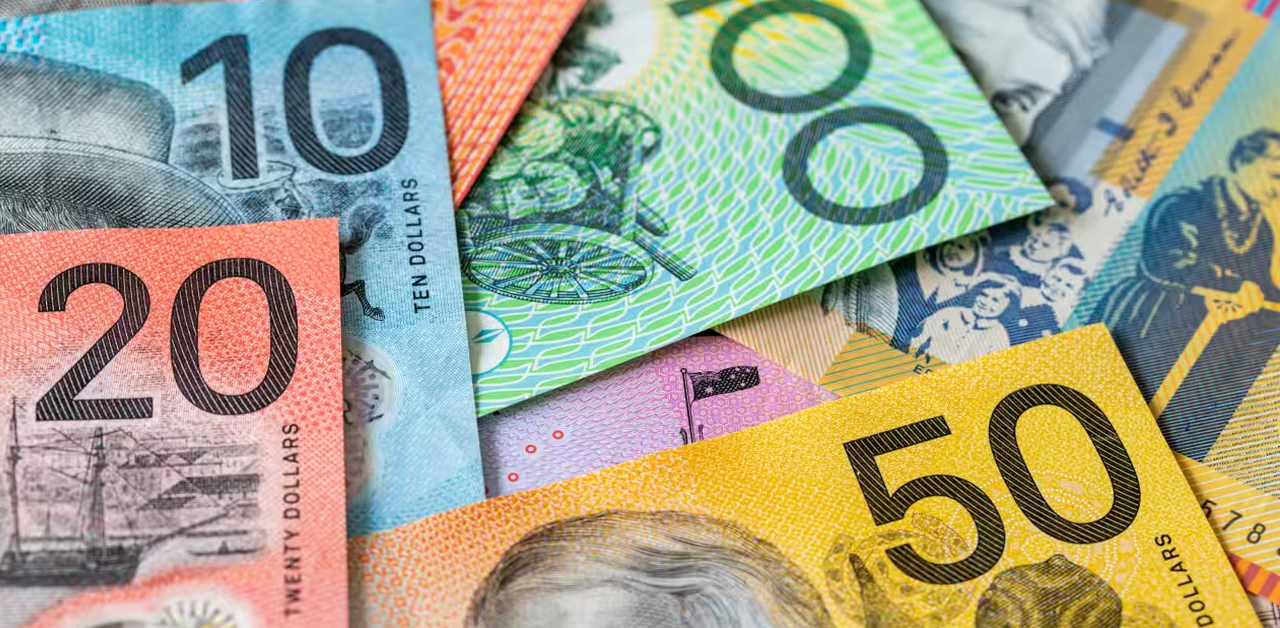The Japanese yen (JPY) recovered marginally from its recent seven-month low versus the US dollar (USD) on Thursday during the Asian session. However, given the growing uncertainty surrounding Japan’s fiscal and monetary outlook, the move lacked strong bullish conviction.
As Japan’s first female prime minister, Sanae Takaichi is predicted to oppose the Bank of Japan’s (BoJ) early policy tightening and instead pursue expansionary fiscal policies. As a result, traders now only price in a 26% chance of a policy move at the BoJ’s October 30 meeting, down significantly from 60% last week, which has diminished expectations of an upcoming rate hike.
Earlier this week, Japan’s Finance Minister Katsunobu Kato issued a warning, stressing the need for currency market stability and saying the government is still on the lookout for excessive forex volatility. However, as traders wait for more information on the central bank’s position, the overall tone surrounding the Yen is still cautious.
Additionally, the Israel-Hamas peace agreement increased global risk aversion, which weakened the demand for safe havens and depreciated the value of the yen. The Federal Reserve’s most recent minutes also revealed increasing support for further rate cuts this year, which put pressure on the dollar and provided some short-term support for the Japanese yen.
The USD/JPY pair is facing resistance near 153.00 and initial support near 152.00 in currency trading. For the time being, the direction of the Yen is still determined by changing expectations for BoJ policy, general market sentiment, and worldwide risk trends—all of which are important considerations for forex traders.












